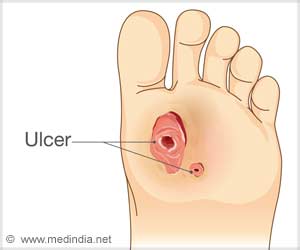
The authors therefore trawled through scientific research databases, looking for relevant observational studies assessing associations between shift work and diabetes risk.
They retrieved 12 international studies out of a potential total of 448, involving more than 226,500 participants, 14,600 of whom had diabetes.
When they pooled all the results together they calculated that any period of shift work was associated with a 9% increased risk of developing diabetes compared with working normal office hours.
This heightened risk rose to 37% for men, after further analysis to look at the potential effects of gender, study design, study location, job, shift schedule, body mass index (BMI), family history of diabetes and physical activity levels.
The reasons for this finding are not clear, say the authors, but suggest that men working shift patterns might need to pay more attention to the possible health consequences of their working schedule.
Advertisement
Most shift patterns, except mixed and evening shifts, were associated with a heightened risk of the disease compared with those working normal office hours.
Advertisement
Rotating shifts make it harder for people to adjust to a regular sleep-wake cycle, and some research has suggested that a lack of sleep, or poor quality sleep, may prompt or worsen insulin resistance, say the authors.
Other research has linked shift work to weight gain and increased appetite, both of which are risk factors for diabetes, and shift work may also disturb cholesterol levels and blood pressure, they add.
The authors point out that although their study was large, it was observational, so no conclusions can be drawn about direct cause and effect.
But with an estimated 380 million people predicted to have type 2 diabetes by 2025, they suggest that any potentially modifiable factors could be of considerable public health importance, and are worth investigating further.
Source-Eurekalert














